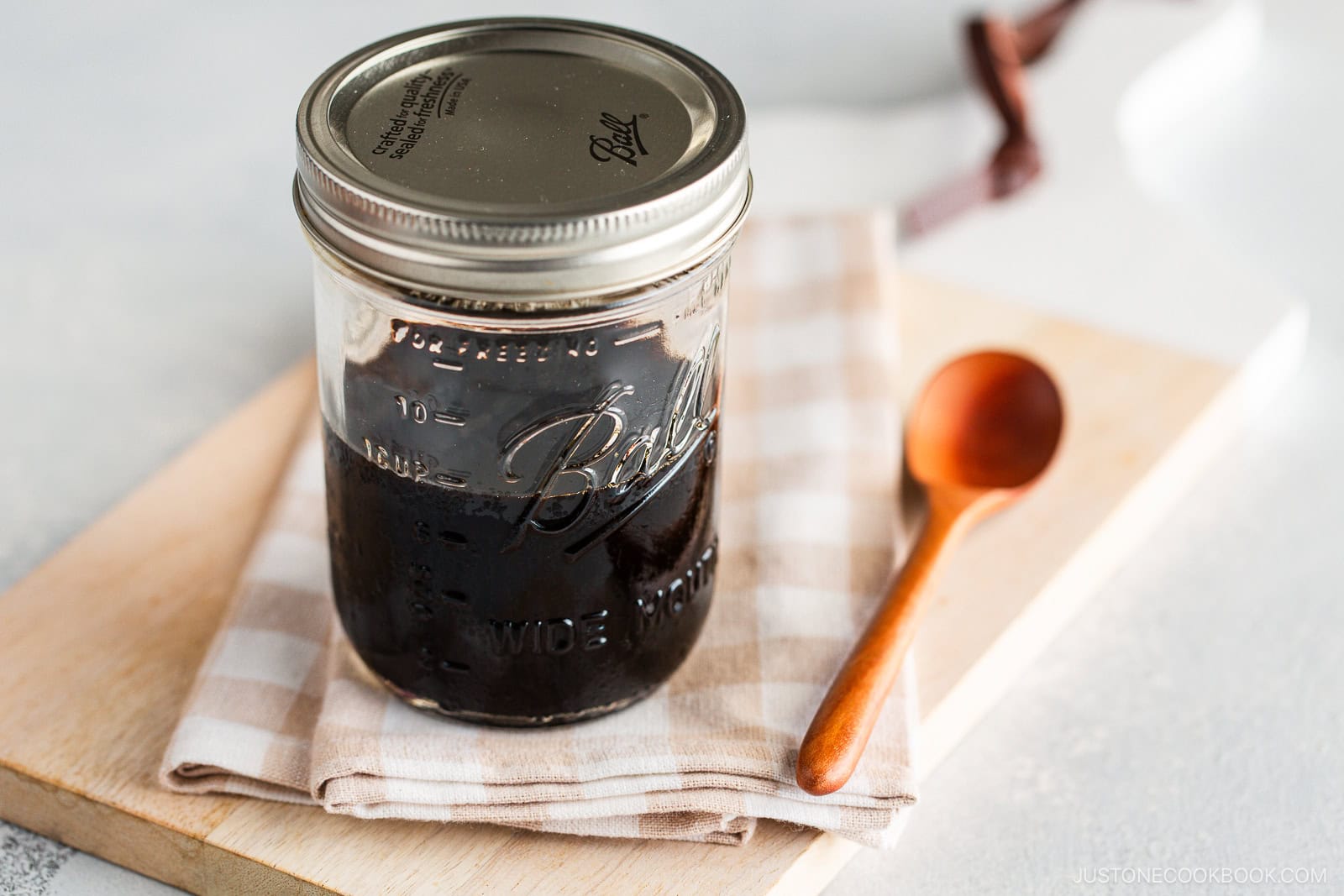Transform your everyday soup experience with this delightful Spinach and Mushroom Miso Soup recipe. This comforting dish combines the tender textures and subtle flavors of fresh shiitake mushrooms and leafy greens, complemented by silken tofu for a savory delight.
Miso soup is a beloved staple in Japanese cuisine, known for its versatility and ability to incorporate seasonal ingredients. If you’re eager to refresh your traditional miso soup repertoire, this Spinach and Mushroom Miso Soup is a perfect choice. It offers a delicate balance of silky textures and mild flavors, and the best part? It can be prepared in just 15 minutes!
Looking for more miso soup inspiration? Don’t miss my recipes for Homemade Miso Soup, Tonjiru, and Cold Miso Soup!
Why I Love This Recipe
- A light and nutritious soup – This recipe features greens, shiitake mushrooms, and plant-based protein, contributing to a balanced diet that is central to Japanese cooking.
- Delicate textures and flavors – The combination of tender spinach and fresh mushrooms with silken tofu creates a subtle yet satisfying dining experience.
- Quick dashi for time efficiency – Discover my favorite time-saving tip: dashi packets that yield a flavorful Japanese soup stock in just 5 minutes.
Ingredients for Spinach and Mushroom Miso Soup
Find the printable recipe with measurements below.
Substitutions
- Miso: Any type will suffice. Since some varieties are saltier than others, start with a smaller amount and adjust to taste.
- Dashi packets: I prefer these convenient packets as they create a quick dashi in 5 minutes, nearly as flavorful as homemade. In a pinch, you can use dashi powder mixed with water, though it may lack depth. Alternatively, you can prepare a plant-based Vegan Dashi.
How to Make Spinach and Mushroom Miso Soup
Preparation
Step 1 – Cut. Thinly slice the shiitake mushroom caps and trim the spinach, cutting it into shorter pieces.
Cooking
Step 2 – Make the quick dashi. Bring a few cups of water to a boil with the dashi packets. Cook briefly, then discard the packets.
Step 3 – Cook. Add the shiitake mushrooms to the dashi and simmer until tender. Then, add the spinach and stir until just wilted. Turn off the heat.
Step 4 – Add miso and tofu. Dissolve the miso paste in a ladle of hot broth before adding it to the soup. Cut the silken tofu into cubes and gently incorporate it into the soup. Reheat until just hot.
Assemble
Step 5 – Serve. Ladle the soup into individual bowls (I used a beechwood miso soup bowl from a kitchen goods store). Enjoy!
Nami’s Recipe Tips
- Don’t overcook the spinach – Heat it just until it begins to wilt—around 30 seconds—then turn off the heat. The spinach will continue to cook in the hot broth and when reheating the soup after adding the tofu.
- Turn off the heat to add the miso – Always turn off the heat when dissolving the miso into the broth. Boiling miso can diminish its aroma and nutrients.
- Dissolve the miso separately – Avoid adding miso paste directly to the pot to prevent clumps. Dissolve it first in a ladle or strainer; a miso muddler or fine-mesh miso strainer works well for this.
- Start with less miso – Since some miso varieties are saltier, begin with a smaller amount and adjust after tasting. I added an extra tablespoon of the mild miso I used.
- Add the tofu last – Silken tofu is delicate and can break easily. Add it after dissolving the miso to avoid excessive stirring.
- Reheat until just hot – After adding the tofu, gently reheat the soup without boiling.
Variations and Customizations
- Try different mushrooms. Other fresh mushrooms such as shimeji, king oyster, or enoki work beautifully in this soup.
- Swap fried tofu pouches. Instead of silken tofu, consider adding aburaage (deep-fried tofu pouches) for added protein and flavor.
- Use wakame. Dried wakame seaweed is a nutritious substitute for fresh spinach.
- Garnish with aromatics. Top the soup with chopped green onions or garlic chives for extra flavor.
- Stir in yuzu kosho. This citrus chili paste adds a bright and zesty kick to miso soup.
- Make it with Swiss chard. Like spinach, Swiss chard is a great source of vitamin C.
What to Serve with This Miso Soup
Storage and Reheating Tips
To store: Allow any leftover soup to cool completely before refrigerating for up to 3-4 days. Miso soup can also be frozen for up to 2 weeks, though it’s best enjoyed fresh for optimal flavor and aroma.
To reheat: Warm the soup gently over medium heat until it reaches a bare simmer, but do not boil, as high temperatures can diminish miso’s nutrients and flavor.
Frequently Asked Questions
You can use any variety. Common types include red, awase, and white miso paste. For everyday use, I often opt for a slow-aged red koji miso called Kodawattemasu, which is organic and free of additives.
Absolutely! I recommend Awase Dashi made with kombu and dried bonito flakes for the best flavor, though it does require more prep time.
Yes, provided you use gluten-free miso. Most miso is made from soybeans and rice, but some varieties may contain barley or wheat.
While you can, these ingredients are not traditional in Japanese miso soup.
- Gather all the ingredients.
- Cut off the stems of 4 shiitake mushrooms and thinly slice the caps.
- Trim the very ends of 1 small bunch of fresh spinach and chop it into 2-inch lengths.
To Cook
- Add 3 cups of water and 2 dashi packets to a medium saucepan. Cover and bring to a boil on medium heat.
- Once boiling, shake the packets to release flavor. Reduce heat to medium-low and cook for 2-3 minutes. Discard the packets.
- Add the shiitake mushrooms to the dashi and bring to a boil. Simmer until tender, about 2-3 minutes.
- Add the spinach and stir until just wilted, about 30 seconds. Turn off the heat.
To Add the Miso and Tofu
- With the heat off, add 3 tablespoons of miso to a ladleful of hot stock. Mix to dissolve, then stir into the broth. Adjust the miso to taste.
- Cut ¼ block of soft/silken tofu into cubes and gently add to the soup. Ensure the miso is fully dissolved before adding the tofu.
To Serve
- Gently reheat the soup until just hot. Never boil miso soup as it loses nutrients and flavor. Serve immediately in individual bowls.
To Store
- It’s best to consume all the miso soup right away, but you can refrigerate leftovers for up to 3-4 days or freeze for up to 2 weeks. Reheat gently without boiling.
Author: Namiko Hirasawa Chen





